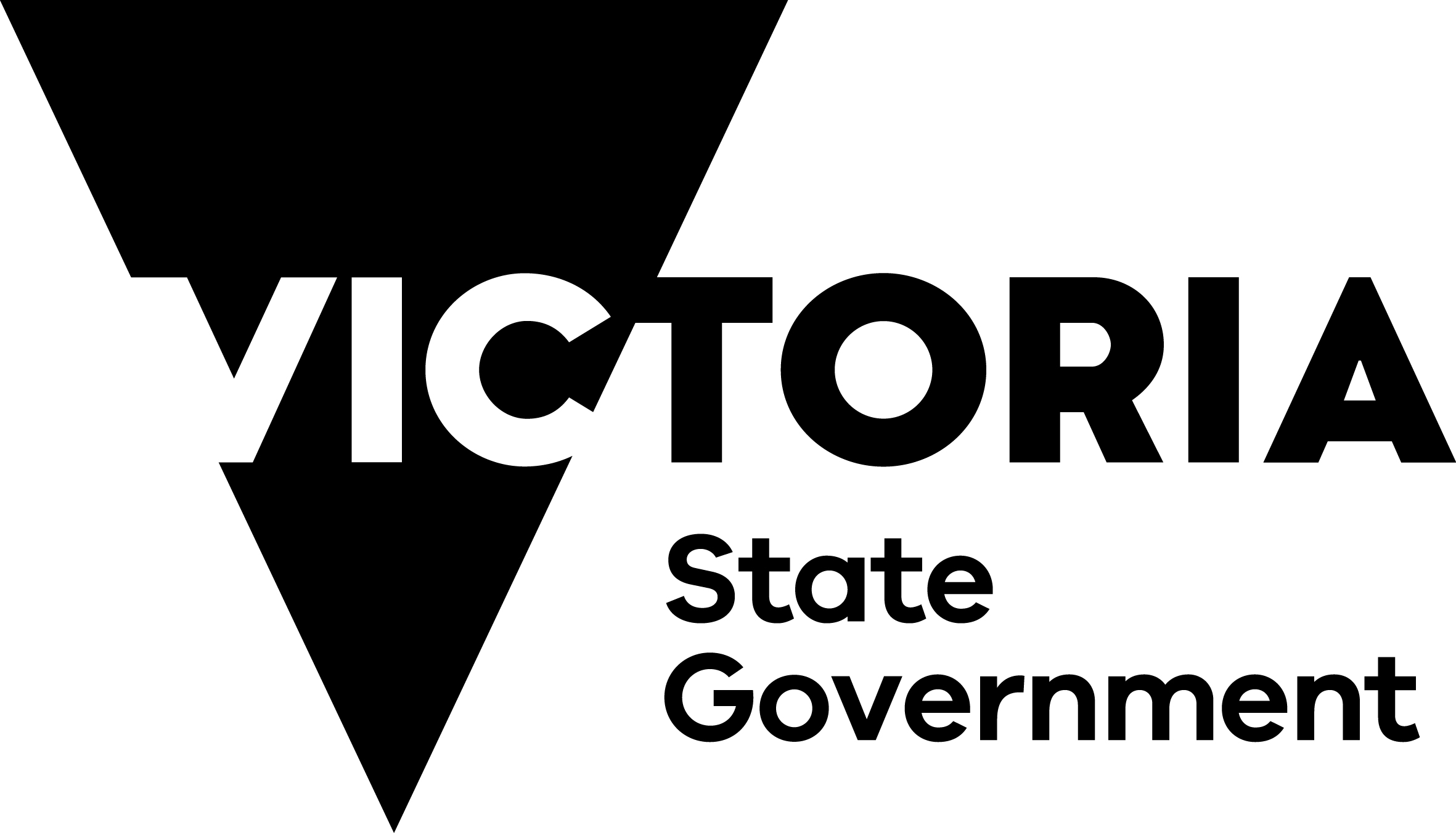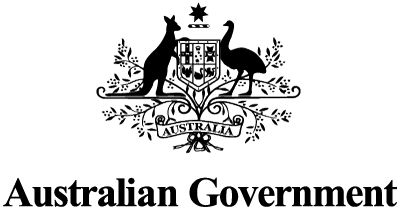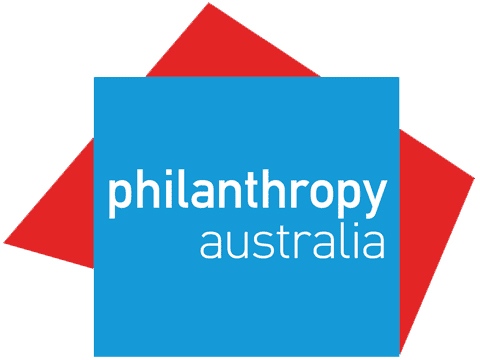As indicated by the list of potential projects across the region, there is much that can be done to help achieve the targets of this Regional Catchment Strategy. Partnerships and contributions will come from numerous Government agencies and authorities, municipal councils, Traditional Owners, non-government organisations, businesses, agricultural industries, community groups, landowners and householders.
However, a long-standing and substantial challenge is securing funding to enable existing priority work to continue and the necessary additional work to be initiated.
Funding for priority projects can be secured from a number of sources. Following is a summary of some of the potential funding sources that may be available for this region.
Victorian Government
The Victorian Government provides diverse opportunities for funding of projects that benefit the environment, communities and natural resource management. Examples include community grants programs, agricultural support programs, biodiversity initiatives and volunteer support programs. Opportunities will often be advertised, but the following sites are a useful starting point to regularly check and monitor opportunities.

Department of Energy, Environment and Climate Action –
environmental action supported through grants to Victorian communities.

Victorian Government Grants and Programs –
a listing of all Victorian Government grants programs.
Australian Government
The Australian Government has various funding streams and initiatives that can support environmental, agricultural and community development projects. A cornerstone is the National Landcare Program (further detail below). The following sites are a useful starting point to regularly check and monitor opportunities.

Department of Climate Change, Energy, the Environment and Water funding programs and opportunities that aim to protect the environment and heritage, and promote climate action.

Australian Government Grant Connect –
a guide to all grants available from the Australian Government.
National Landcare Program
The National Landcare Program is a cornerstone of the Australian Government’s long-standing commitment to natural resource management.
The Regional Land Partnerships program is a major component of the National Landcare Program. Its aim is “to protect, conserve and provide for the productive use of Australia’s water, soil, plants and animals and the ecosystems in which they live and interact, in partnership with governments, industry and communities“. Regional Land Partnerships outcomes and the specific priorities relevant to the Port Phillip & Western Port region are outlined below.
| Regional Land Partnerships long-term outcomes | Regional Land Partnerships 5-year outcomes | Regional Land Partnerships investment priorities relevant to this region |
|---|---|---|
| Outcome 1: The ecological character of Ramsar sites is maintained or improved | Outcome 1: By 2023, there is restoration of, and reduction in threats to, the ecological character of Ramsar Sites, through the implementation of priority actions | • Port Phillip Bay (Western Shoreline) and Bellarine Peninsula • Western Port • Edithvale-Seaford Wetlands |
| Outcome 2: The trajectory of species targeted under the Threatened Species Strategy, and other EPBC Act priority species, is improved | Outcome 2: By 2023, the trajectory of species targeted under the Threatened Species Strategy, and other EPBC Act priority species, is stabilised or improved | • Plains-wanderer • Australasian Bittern • Eastern Curlew • Orange-bellied Parrot • Hooded Plover • Swift Parrot • Regent Honeyeater • Helmeted Honeyeater • Leadbeater’s Possum • Eastern Barred Bandicoot • Button Wrinklewort • Plains Rice Flower • Silver Gum |
| Outcome 3: The natural heritage Outstanding Universal Value of World Heritage propertied is maintained or improved | Outcome 3: By 2023, invasive species management has reduced threats to the natural heritage Outstanding Universal Value of World Heritage properties through the implementation of priority actions | None in this region |
| Outcome 4: The condition of EPBC Act listed Threatened Ecological Communities is improved | Outcome 4: By 2023, the implementation of priority actions is leading to an improvement in the condition of EPBC Act listed Threatened Ecological Communities | • Grassy Eucalypt Woodland of the Victorian Volcanic Plain • Natural Temperate Grassland of the Victorian Volcanic Plain • Alpine Sphagnum Bogs and Associated Fens • Natural damp Grassland of the Victorian Coastal Plains • Seasonal Herbaceous Wetlands of the temperate Lowland Plains • Subtropical and Temperate Coastal Saltmarsh • White Box-Yellow Box-Blakely’s Red Gum Grassy Woodland and Derived Native Grassland • Grey Box Grassy Woodlands and Derived Native Grasslands of South-eastern Australia |
| Outcome 5: The conditions of soil, biodiversity and vegetation are improved | Outcome 5: By 2023, there will be increased awareness and adoption of land management practices that improve and protect the condition of soil, biodiversity and vegetation | • Management of hillslope erosion, wind erosion, soil acidification and soil carbon in high and medium priority areas • Industry best management practices that relate to native vegetation and biodiversity outcomes on farms • Projects that will protect and enhance on-farm remnant native vegetation • Projects that bring together local groups to collate and update information to produce spatially explicit data for natural resource management at regional level and provides a foundation for investment planning |
| Outcome 6: Agriculture systems have adapted to significant changes in climate and market demand | Outcome 6: By 2023, there is an increase in the capacity of agriculture systems to adapt to significant changes in climate and market demands for information on provenance and sustainable production | • Projects that support industries, farmers and fishers to adopt new management practices that help them to adjust to weather and/or climate variability • Projects that assist agricultural systems (including marine) to adapt to growing market preferences for products with demonstrable traceability and sustainability |
Philanthropy and the private sector
In addition to Victorian and Australian Government support, there are significant opportunities for funding of projects through:
- municipal council grants and support programs
- philanthropy organisations
- partnerships with the private sector.
Councils and the philanthropic sector have long-standing commitments to environmental investment. More recently, the links between a healthy environment, community wellbeing and financial prosperity are increasingly part of mainstream thinking with organisations and businesses responding by becoming increasingly environmentally conscious. Those becoming actively involved in considering the implications of their actions on water, carbon and biodiversity may gain from emerging market opportunities, while also contributing to the long-term health of the natural environment.

Peak body for Australian philanthropic trusts and foundations.


